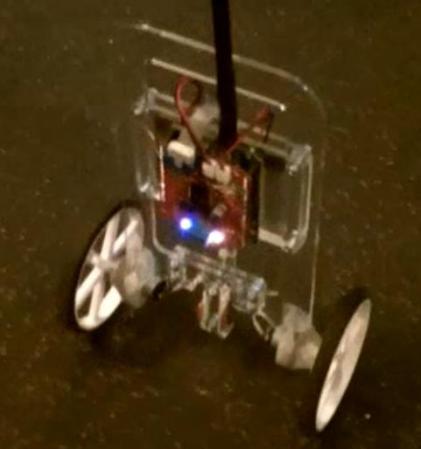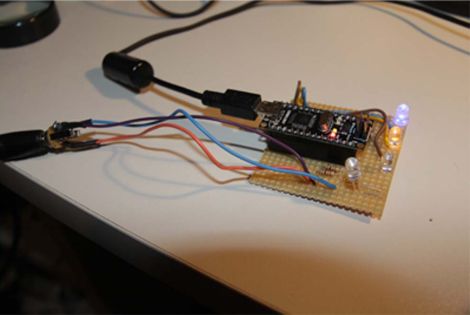The Zigroller is a Zigbee remote-controlled balance bot. Although balance bots have been featured on [HAD] before, the Zigroller appears to be well-built and the project is well documented. Besides a section on hardware, the software for this build is documented here. The theory behind a balancing bot like this is given in this [MIT] paper if you’d like some more background.
The roller itself was conceived as a project for a UW class this summer. The class was about control theory, so the electronics and mechanical setup was copied off of the [ArduRoller] project. In order to keep this project from influencing the control code of this ‘bot, it’s claimed that the code was not looked at while writing the new software. The process for building the remote control assembly is nicely documented and is an original creation for this project. Check out a video of it in action after the break! Continue reading “The Zigroller Balance Bot”


















